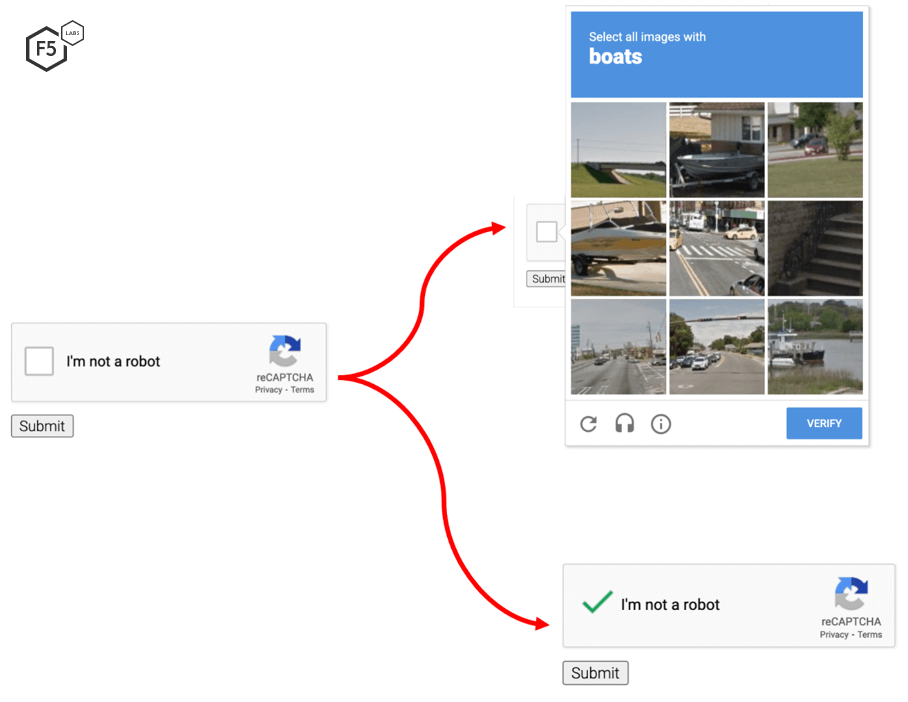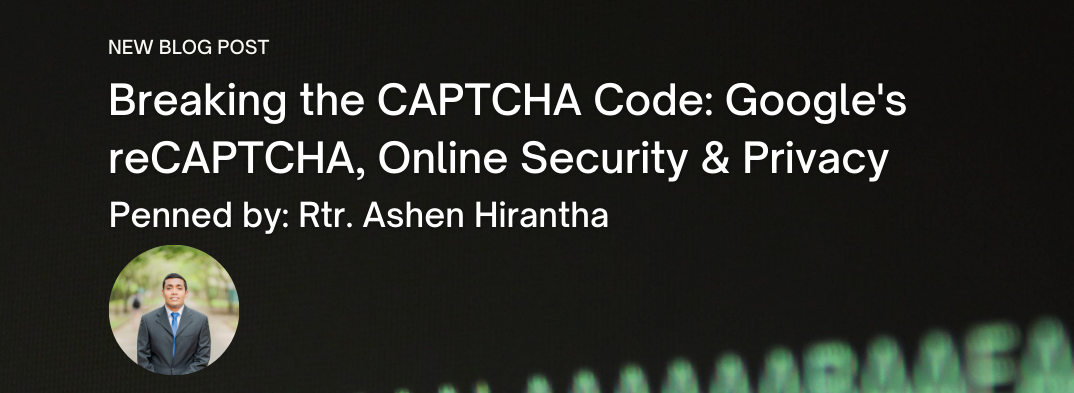In the ever-evolving landscape of cybersecurity, one term has remained a constant over the years: CAPTCHA. You’ve likely encountered these safety puzzles, those distorted letters and numbers that websites use to separate humans from bots. But what exactly is CAPTCHA, and how has it evolved to keep pace with the ever-advancing world of technology? In this article, we’ll delve into the world of CAPTCHA, its challenges, and how Google’s reCAPTCHA has emerged as a game-changer in the battle against automated bots.
Unmasking CAPTCHA: What Does It Stand For?
CAPTCHA stands for “Completely Automated Public Turing test to tell Computers and Humans Apart.” It’s a mouthful, but the concept is relatively straightforward. CAPTCHAs are designed to be puzzles or tests that can be easily solved by humans but are challenging for automated computer programs to crack. They serve as a digital gatekeeper, ensuring that the entity trying to access a website or service is a real person, not a malicious bot.
The Growing Challenges of Traditional CAPTCHAs
For years, traditional CAPTCHAs relied on distorted text that humans could decipher, but bots struggled with. While this seemed like a reliable approach, it had its issues, particularly for visually impaired individuals. Furthermore, as technology advanced, computers became increasingly proficient at solving these puzzles.
Google’s Astonishing Feat
By 2014, Google achieved a remarkable milestone. Their technology could solve a staggering 99.8% of CAPTCHA tests, leaving humans in the dust with a success rate of only 33%. This stark contrast highlighted the need for a more robust and foolproof system.
Low-Wage Workers: A Loophole for CAPTCHA Defeat
As if the computer’s superior performance wasn’t enough, some entities turned to a rather unethical solution: employing low-wage workers to manually solve CAPTCHAs in large numbers. This raised ethical questions about the exploitation of labor for digital exploits.
Enter Google’s reCAPTCHA: A Paradigm Shift in CAPTCHA Technology

Recognizing the shortcomings of traditional CAPTCHAs, Google introduced its revolutionary reCAPTCHA system. This new approach transcended the simple act of clicking a box, a task that even robots and automated programs could perform with ease. Instead, reCAPTCHA relied on subtle human behaviors and machine learning algorithms to distinguish between humans and bots.
The Mouse’s Telltale Trail
One of reCAPTCHA’s innovations is its analysis of mouse movement and pointer behavior towards the checkbox. This approach becomes especially relevant for tests that involve selecting specific items from a list. By monitoring the nuances of how users interact with their mouse, reCAPTCHA can better differentiate between human users and bots.
As an example, If a user loaded the homepage of a website first, then clicked through to a page about a product features. And then clicked through to a get a quote form to type in their contact information over a few minutes. This would appear as a fairly genuine use of the website. However, if the user came direct to the page with the get a quote form, filled in the contact details within 1 second and then submitted the form, this would appear suspicious. It’s too fast for a human. Therefore it would be challenged, with a captcha pop up.
GDPR & Recaptcha: How to stay compliant with GDPR
The concept makes sense. The more data you can collect, the better you can analyse whether a user is real or not. But even though it’s effective, and serves a genuine business purpose – e.g. reduces spam. It still presents a number of issues under GDPR that we will explore further.
The “Outsourced” Workforce: A Financial Challenge
To incentivize individuals to solve reCAPTCHAs, Google’s system offers higher fees to these “outsourced” workers. However, this financial incentive presented a potential vulnerability that tech-savvy individuals could exploit.
The Evolution of Data Privacy
In response to the potential vulnerabilities created by the financial incentives, the latest versions of reCAPTCHA have taken a different approach. They rely heavily on tracking users’ browsing histories and behaviors to assess their authenticity. This move towards data-centric verification dispenses with the need for users to tick a checkbox, instead leveraging a wealth of information from their online activities.
This is a key concern in the age of Data Protection regulations such as GDPR which aims to provide more protection to the users.
Conclusion: The Ongoing Battle Against Bots
As technology continues to advance, the battle between humans and bots for online security rages on. Google’s reCAPTCHA has undoubtedly shifted the tide in favor of human users, introducing innovative methods to distinguish between friend and foe in the digital realm. However, it’s a constant game of cat and mouse, with bots adapting and evolving alongside security measures. As we move forward, the only certainty is that CAPTCHA technology will continue to evolve, and the fight for a secure online environment will persist.
Written by : Rtr. Ashen Hirantha Rajakulathilaka
